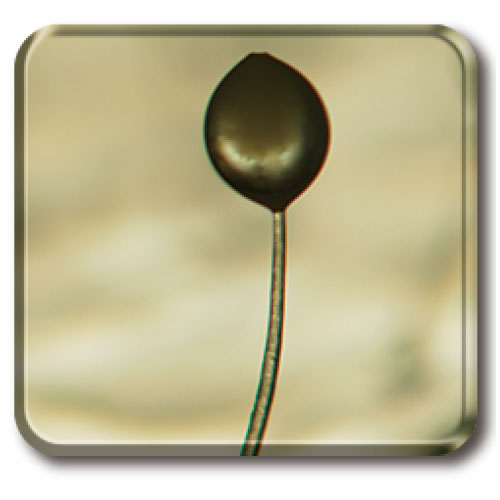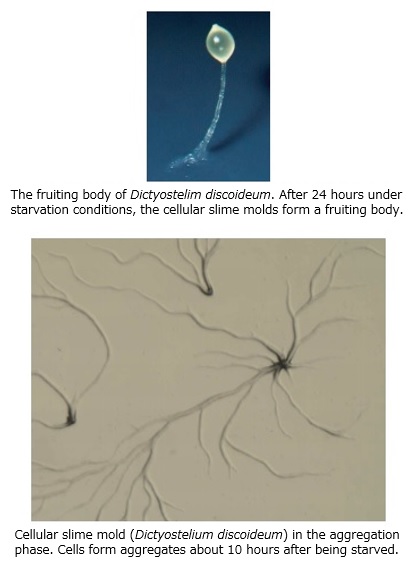
- Core Center:Faculty of Life and Environmental Sciences, University of Tsukuba
- Principal Investigator:Hidekazu Kuwayama
概要Overview
 Cellular slime molds are eukaryotic unicellular soil amoebae that feed on bacteria and, upon starvation, aggregate to become multicellular and form fruiting bodies composed of a spore mass and a stalk. They have been used as a model organism in cytology, embryology, and mathematical biology, and are also attracting attention as a novel drug discovery resource. Genome-edited strains can be easily produced, and a wide variety of expression vectors are available.
Cellular slime molds are eukaryotic unicellular soil amoebae that feed on bacteria and, upon starvation, aggregate to become multicellular and form fruiting bodies composed of a spore mass and a stalk. They have been used as a model organism in cytology, embryology, and mathematical biology, and are also attracting attention as a novel drug discovery resource. Genome-edited strains can be easily produced, and a wide variety of expression vectors are available.
Stock
・Genetically mutated or transformed lines: about 1,300 strains
・Wild strains collected from around the world: about 420 strains
・Gene disruption vectors, expression vectors: about 860 vectors
